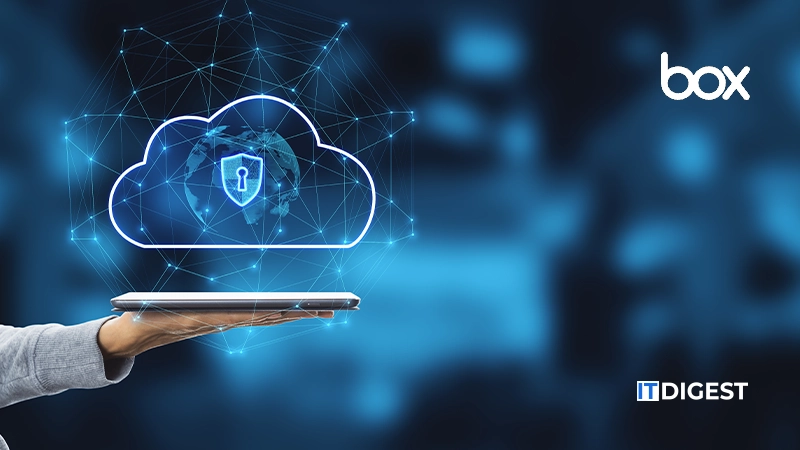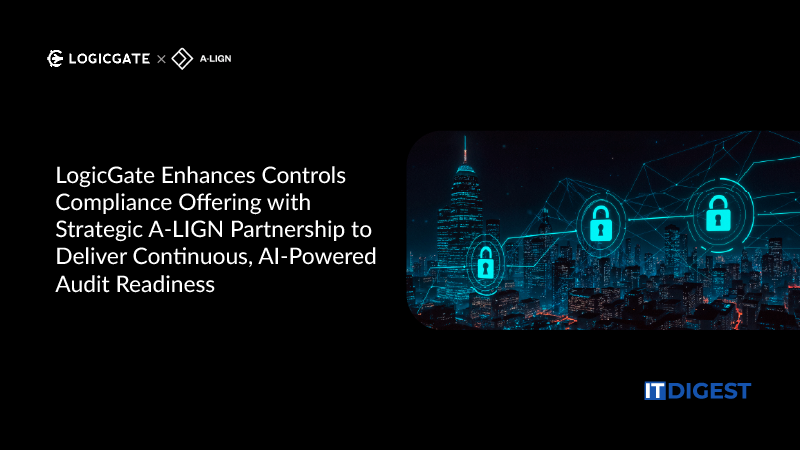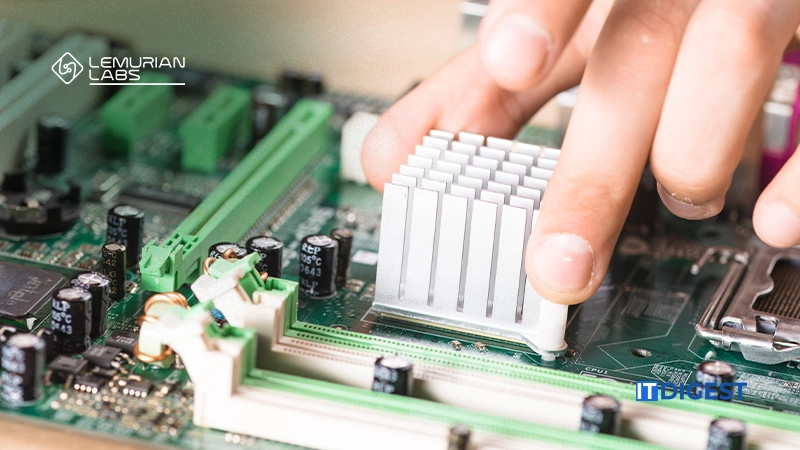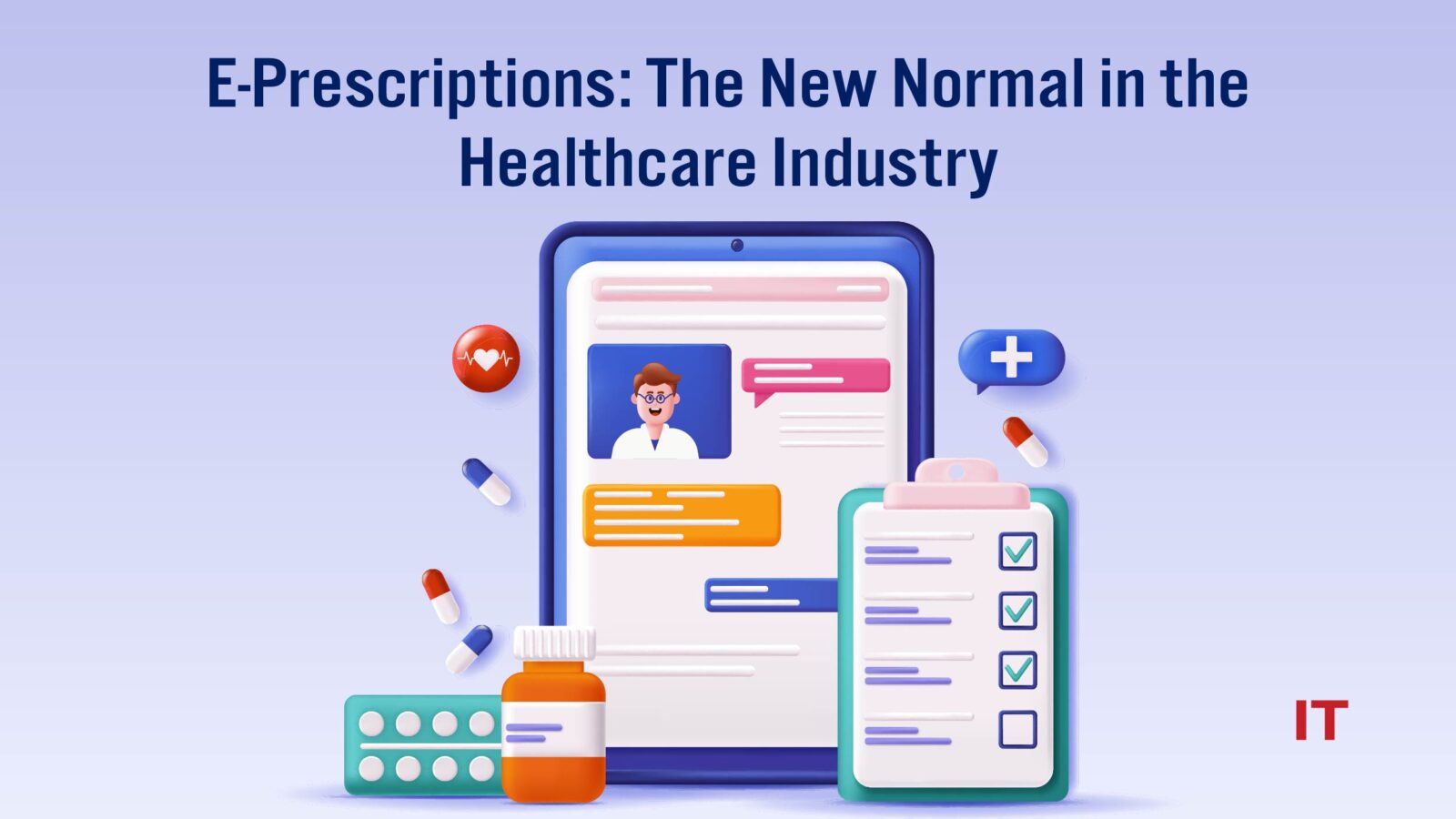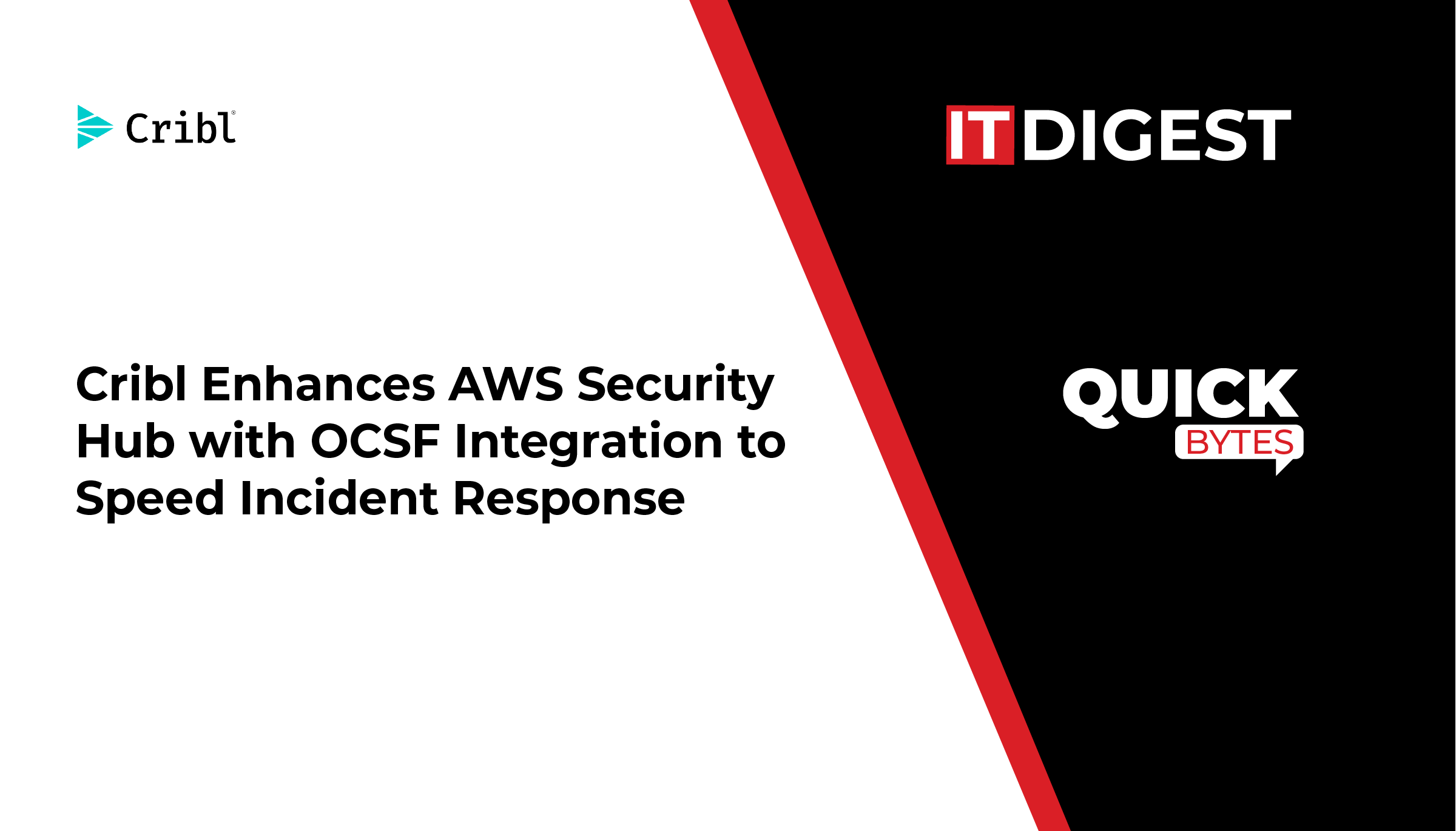Have you ever wondered about the transformation occurring in the healthcare sector, specifically in the way prescriptions are handled? The advent of technology has ushered in a new era, and one significant stride is the introduction of electronic prescriptions, commonly known as e-prescriptions. This revolutionary shift from traditional paper prescriptions to digital formats brings forth a myriad of benefits and innovations.
Let’s take a closer look at this technology in this comprehensive guide.
What are E-Prescriptions?
E-prescriptions, often known as electronic prescribing, is a procedure that allows medical professionals to enter prescription data into a computer system, such as an electronic health record (EHR), and then safely transmit the prescription to a pharmacy. The goal of e-prescribing is to increase the process’s efficiency, accuracy, and safety.
Electronic prescribing for controlled substances, often known as e-prescribing, is another application for controlled substances (EPCS). To stop fraud and abuse, EPCS has extra security measures. In some states, unless specifically exempted, all prescriptions must be issued electronically. Healthcare professionals can use e-prescribing software in their daily practices.
How Do E-Prescriptions Work?
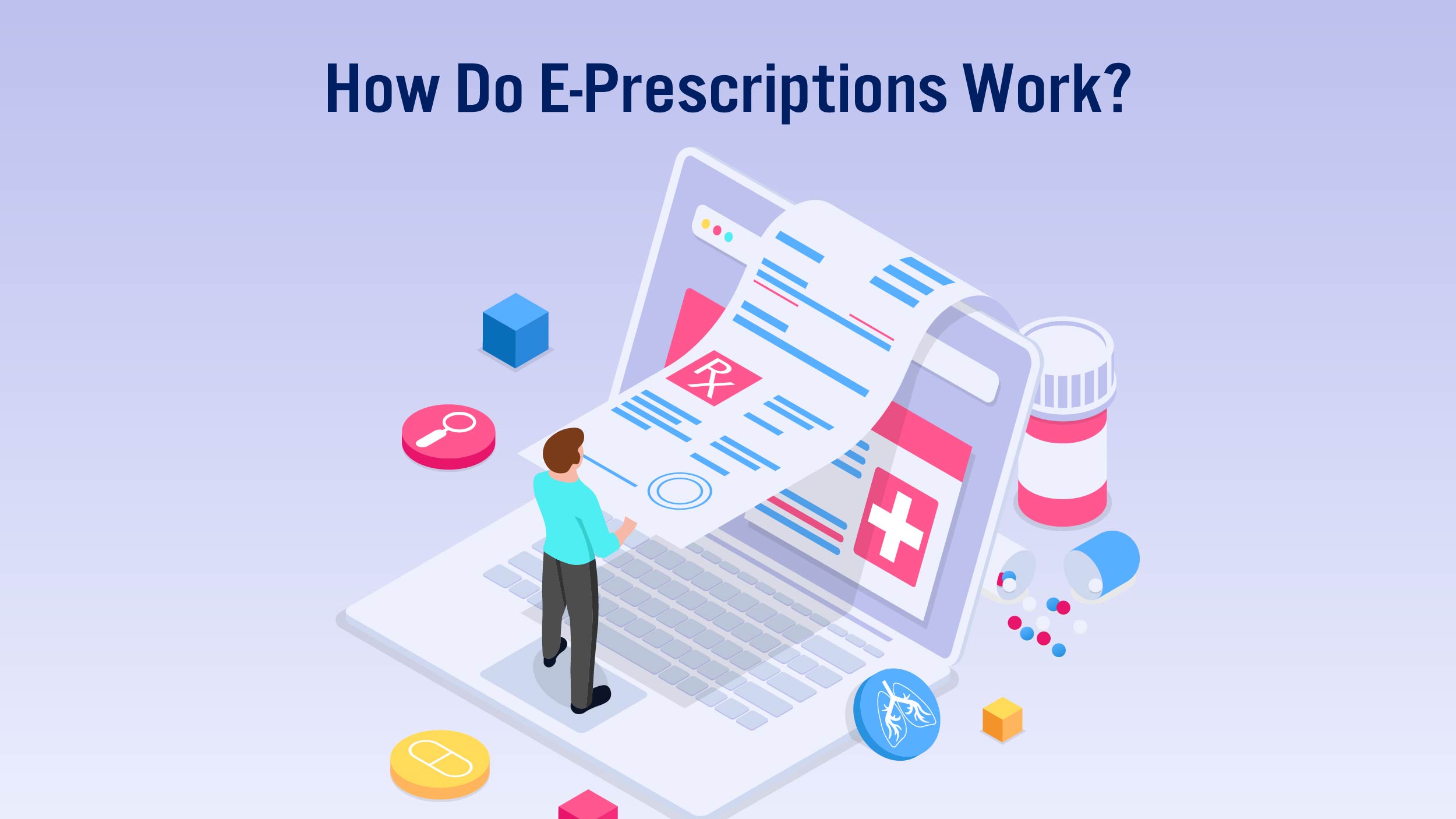 When you generate an e-prescription, you submit the patient’s prescription data onto a tool such as a tablet, laptop, or desktop computer using your EHR or e-prescribing software. After entering all the necessary data, you send the prescription to a pharmacy for immediate delivery. As the pharmacy receives the information electronically, you do not need to give the patient a paper copy of the prescription. Everyone could save time running to the pharmacist every time they run out of medications.
When you generate an e-prescription, you submit the patient’s prescription data onto a tool such as a tablet, laptop, or desktop computer using your EHR or e-prescribing software. After entering all the necessary data, you send the prescription to a pharmacy for immediate delivery. As the pharmacy receives the information electronically, you do not need to give the patient a paper copy of the prescription. Everyone could save time running to the pharmacist every time they run out of medications.
E-Prescriptions: Figuring Out the Working Mechanism
Either as a stand-alone system or in conjunction with your practice’s EHR, an electronic prescription medication platform can be used. You can select your patient’s pharmacy from a list of available pharmacies since the platform often connects to a large network of them. From there, you enter details about the drug, including its brand name, whether a generic version is appropriate, the dosage, and any patient instructions. Additionally, the platform will allow you to link the prescription with the patient’s information so that it is associated with the right person.
Once you, the provider, have entered the prescription data, the software transmits it to a hub where it is confirmed. The hub will make sure the prescription is linked to the correct patient, and it will connect to its insurer to ensure coverage. If all goes according to plan, the platform will then submit the prescription to the pharmacist for filling.
Benefits of E-prescriptions (e-Rx)
In 2020, telemedicine grew by 46%, due to the pandemic. This sudden uptake in telemedicine led to the need to maintain patient data privacy and transparency. An E-prescription is an excellent way to achieve both these goals without having to worry about misplacing it, like a physical prescription. An e-Rx holds all information like the prescribing doctor’s details and also has all previous medications in place.
Here’s why e-prescriptions are the way forward:
- The main benefit of an e-Rx is the removal of handling and storing the physical paper prescription
- A patient’s previous prescription history is stored electronically
- Reduction in drug dispensing error
- E-prescriptions help maintain patient privacy
- Prescription forgery is eliminated
The healthcare industry is ready to ditch the old paper prescriptions and use e-prescriptions (e-Rx). In this fast-paced digital age, an e-prescription is a step towards a safe and paperless environment. Forget about walking around with heaps of paper prescriptions and constantly worrying about losing one. E-prescriptions will completely change, the traditional prescription process making it the new normal for the healthcare industry.
Some of the prominent E-prescription software on the market are RXNT, CharmHealth, Kareo Clinical, Elation Health, and Benchmark Systems.
Why Do We Need E-Prescriptions?
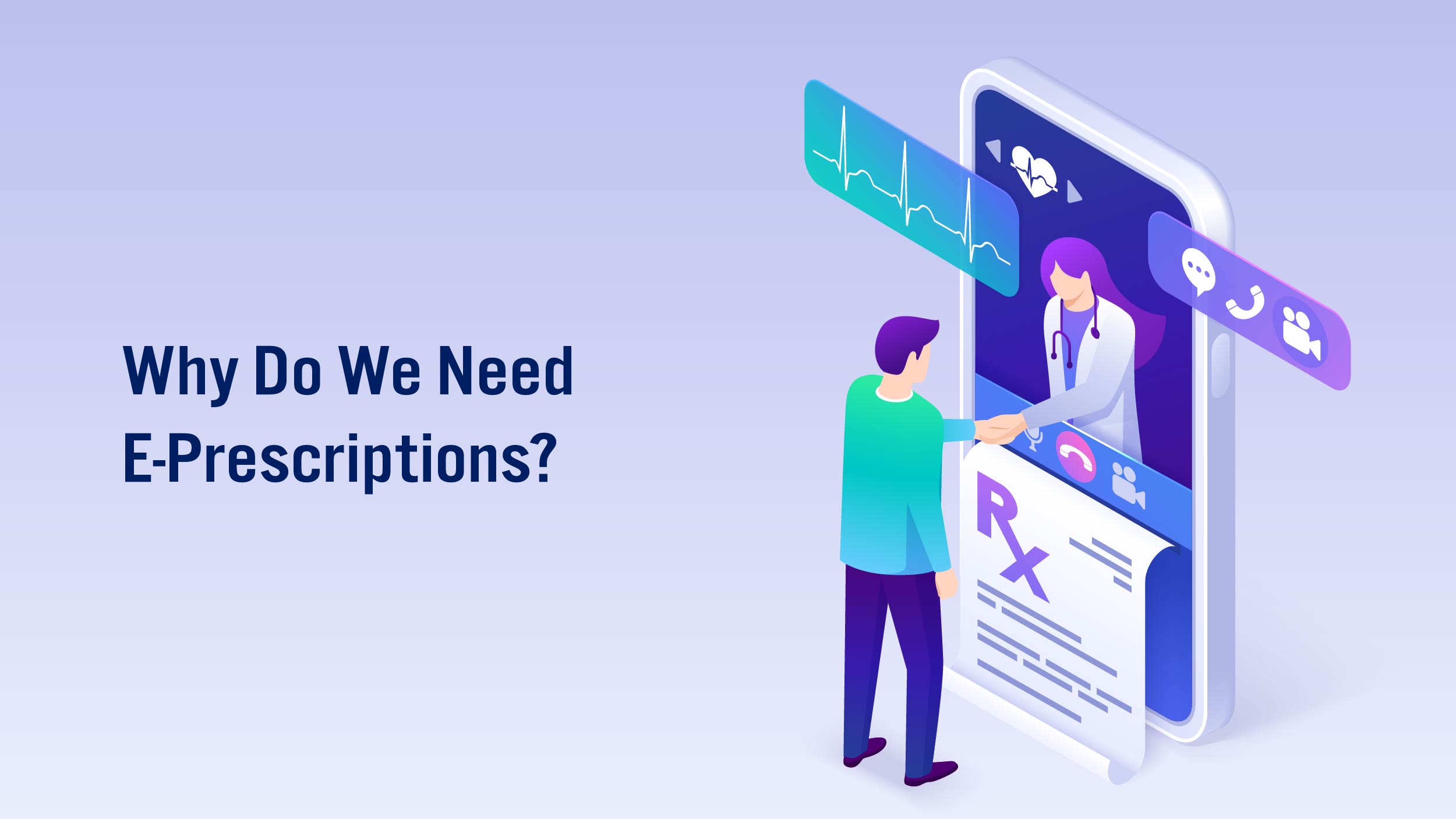 The pandemic has accelerated the shift towards a technologically-driven world and the healthcare industry is no exception and has had to evolve quickly with every wave of the pandemic.
The pandemic has accelerated the shift towards a technologically-driven world and the healthcare industry is no exception and has had to evolve quickly with every wave of the pandemic.
The global healthcare industry had to face many unanticipated challenges during this time. The healthcare industry had to pick up the pace to improve how doctors communicate with patients. It was also necessary to regulate healthcare providers and focus on digital health, cyber security, patient data transparency, and other enhancements in healthcare operations. New technologies like artificial intelligence, machine learning, IoT, and big data have now been successfully implemented to streamline healthcare operations.
Among the many innovative advancements and technological progressions in the healthcare space is the electronic prescription. An e-prescription or e-Rx is simply a digital version of the paper prescription. An e-prescription enables healthcare practitioners to digitally generate prescriptions that can be directly transmitted to pharmacies and can be stored electronically as an electronic health record (EHR).
The efficiency of patient treatment is also increased by e-prescribing. The process of delivering the prescription to the pharmacist, dispensing the medicine, and getting refills is streamlined. The risk of losing the prescription is eliminated because the patient does not receive a hard copy of it. In the US, it has been calculated that there is a $27 billion annual cost savings opportunity due to the integration of e-prescriptions. The number of pharmacy-initiated clarifications has declined, which has cut down on the time pharmacists and medical professionals spend on the phone and, as a result, on the time it takes to fill a prescription and deliver it to the patient. The use of e-prescribing also leads to improved compliance and compliance monitoring.
To Conclude
E-prescriptions stand as a cornerstone in the modernization of healthcare practices. The shift from traditional paper prescriptions to digital formats not only enhances efficiency but also contributes significantly to patient care and overall healthcare management. As technology continues to advance, the seamless integration of e-prescriptions represents a vital step forward in ensuring accuracy, accessibility, and convenience in the healthcare landscape. Embracing this digital evolution promises a future where prescription processes are not just streamlined but also optimized for the benefit of both healthcare providers and patients alike.






